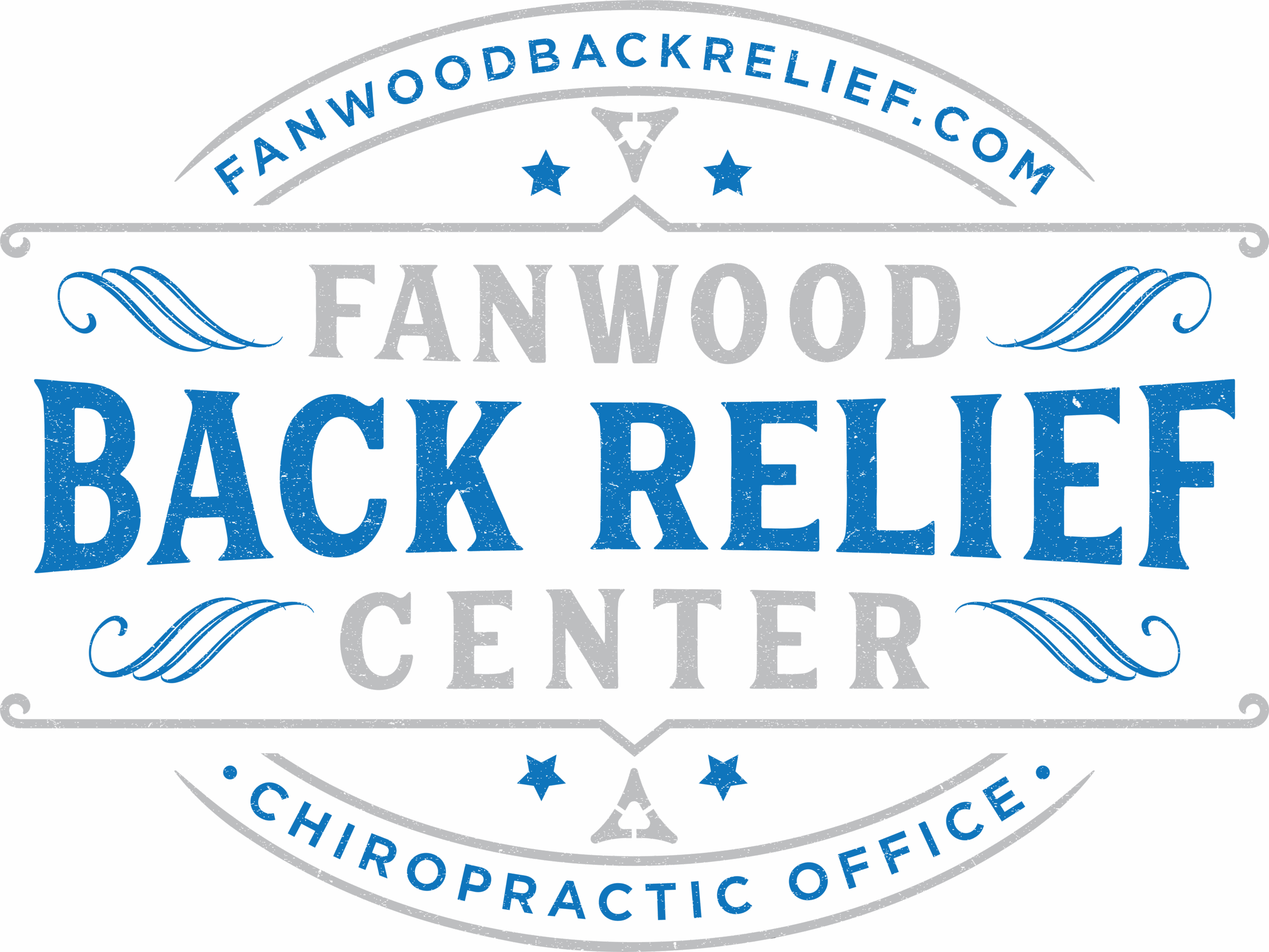As a local chiropractor, I understand that many of you may rely on traditional training methods to achieve your athletic goals. However, I want to emphasize that there's so much more to enhancing your performance than just the basics. Exploring alternative techniques can unlock new levels of strength, flexibility, and mental resilience that conventional workouts often miss.
Incorporating practices like chiropractic care, yoga, or even kettlebell training into your routine can significantly improve your physical capabilities while fostering a deeper connection with your body. Chiropractic adjustments, for example, can enhance your range of motion and reduce pain, allowing you to perform better and recover faster.
So, consider this: what if the key to breaking through your performance plateaus lies not just in the gym, but also in these holistic approaches? Embracing alternative techniques could be the game-changer you need for optimal athletic performance.
The Limitations of Traditional Training
As a local chiropractor, I want to highlight some of the limitations of traditional training methods that many athletes and fitness enthusiasts may encounter.
Often, these conventional approaches tend to emphasize repetitive exercises that can lead to stagnation in performance. You might find yourself in a routine that focuses more on quantity than quality, resulting in fatigue rather than the desired strength gains.
Furthermore, traditional training programs frequently adopt a one-size-fits-all mentality, failing to take into account the unique needs and differences among individual athletes. What proves effective for one person may not yield the same results for another, which can significantly hinder your progress.
Additionally, traditional strength training often isolates specific muscle groups rather than promoting functional movements that engage multiple muscles simultaneously. This lack of comprehensive training can restrict your overall athleticism and adaptability across various sports.
Another area where traditional methods fall short is in mental conditioning. The psychological elements of performance, such as focus, resilience, and motivation, are often overlooked. You might feel physically prepared but still struggle with anxiety or a lack of drive during competitions.
Lastly, traditional training approaches may not keep pace with the latest research and insights into effective training techniques. New studies continually reveal better methods for enhancing strength, agility, and endurance—insights that traditional methods mightn't incorporate.
Benefits of Alternative Techniques
How can alternative techniques enhance your athletic performance? As a local chiropractor, I want to share how incorporating these methods into your training can help you unlock new levels of strength, flexibility, and endurance. Techniques such as yoga, Pilates, and functional training not only boost your physical capabilities but also play a crucial role in preventing injuries.
These practices emphasize core stability, balance, and body awareness, all of which are essential for any athlete striving to elevate their overall performance.
You might be surprised to learn that alternative techniques can also aid in faster recovery from intense workouts. Approaches like active release therapy or myofascial release can help relieve muscle tension, enhance circulation, and speed up recovery times.
This means you'll be ready to return to the gym or the field sooner, making the most of your training efforts.
Additionally, introducing alternative techniques into your routine can help keep your workouts fresh and engaging. Repeating the same exercises can lead to plateaus in your progress.
By varying your routine with these alternative methods, you can challenge your muscles in new ways, stimulating growth and improvement. This diversity not only keeps your workouts interesting but can also reignite your passion for training.
Finally, many alternative techniques emphasize a holistic approach to well-being. You'll be working on not just your physical strength, but also your mental focus and emotional resilience.
This comprehensive strategy can lead to sustainable athletic gains, allowing you to perform at your best consistently. As your chiropractor, I encourage you to explore these alternative techniques and experience the benefits they can bring to your athletic journey.
Mindfulness and Mental Resilience
As a local chiropractor, I want to share how mindfulness can significantly contribute to your mental resilience, which is crucial for enhancing not just athletic performance but overall well-being.
Mindfulness encourages you to focus on the present moment, helping to clear your mind of distractions and anxieties that can interfere with your physical health and healing process.
By incorporating mindfulness practices into your daily routine, you can develop a heightened awareness of your body. This awareness allows you to recognize when you're feeling fatigued or when you need to push your limits, enabling you to make smarter choices about your training and recovery.
Being mindful can prevent injuries by helping you tune in to your body's signals, guiding you on when to rest or adjust your movements.
Furthermore, mindfulness can enhance your ability to regulate your emotions. In the face of setbacks or challenges, being mindful allows you to respond with calmness instead of frustration, which can be particularly beneficial in your healing journey.
Practicing techniques such as meditation and deep breathing not only improves your concentration and focus but also enhances your overall mental clarity.
This focused state of mind can help you stay engaged in your activities, reducing the chances of being sidetracked by external distractions or self-doubt.
Integrating mindfulness into your life supports not only mental resilience but also fosters a positive outlook.
As you build resilience, you'll find it easier to overcome obstacles and remain committed to your health goals, leading to consistent improvement in your physical condition.
Unconventional Strength Training Methods
When you incorporate unconventional strength training methods into your fitness routine, you're not just changing things up; you're also enhancing your overall well-being in a way that traditional workouts may not achieve. As a chiropractor, I see firsthand how these unique approaches can help you break through physical limitations and build functional strength that supports your daily activities.
Consider adding exercises like kettlebell training or sandbag workouts, which engage multiple muscle groups and promote stability. Kettlebell swings, for example, not only help build strength but also improve your cardiovascular health and coordination, making them a great addition to any routine.
Sandbags require you to adapt to shifting weights, which can enhance your core stability and grip strength—key components in maintaining good posture and preventing injuries.
You might also explore tools like resistance bands or battling ropes. Resistance bands offer variable resistance, challenging your muscles differently with every rep and ensuring a well-rounded workout.
Battling ropes, on the other hand, elevate your heart rate while strengthening your upper body, providing an enjoyable full-body workout that also supports your joint health.
Don't forget the benefits of odd-object lifting. Engaging with items like tires or logs can mimic the functional movements you perform in everyday life, improving your strength and endurance in a natural way.
By incorporating these unconventional methods into your routine, you'll not only keep your workouts exciting but also cultivate a balanced fitness profile that prepares you for various physical challenges.
This holistic approach to fitness complements chiropractic care, promoting a healthier, more resilient body.
Recovery and Rehabilitation Strategies
As a local chiropractor, I want to emphasize the importance of recovery and rehabilitation strategies in your overall health, especially after engaging in unconventional strength training methods. Recovery isn't simply a break from your workouts; it's a vital aspect of your journey towards healing, adaptation, and increased strength.
One effective strategy I recommend is incorporating active recovery days into your routine. This doesn't mean you should stop moving altogether; instead, consider participating in gentle activities such as walking, cycling, or swimming. These low-intensity exercises can enhance blood circulation and help alleviate muscle soreness, ultimately supporting your recovery process.
In addition to active recovery, I encourage you to prioritize stretching and mobility exercises. Regularly working on flexibility and joint mobility not only enhances your performance but also significantly reduces your risk of injury. As a chiropractor, I often see how tight muscles can lead to imbalances and discomfort, so addressing these issues through stretching is crucial.
Nutrition plays a key role in recovery as well. Ensuring you consume adequate protein after your workouts is essential for repairing muscle tissue, while carbohydrates help replenish your body's energy stores. Don't forget the importance of hydration; keeping well-hydrated supports all your body's recovery processes.
Also, consider incorporating techniques like foam rolling or massage therapy into your routine. These methods can effectively relieve muscle tightness and improve circulation, which accelerates recovery. Furthermore, practices such as yoga or meditation can benefit your mental health, helping you manage stress and maintain focus on your fitness goals.
Lastly, it's vital to listen to your body. If you're feeling unusually fatigued or experiencing persistent pain, it's crucial to give yourself the time needed to recover. Ignoring these signals can lead to further injury or setbacks.
Personalizing Your Athletic Approach
As a local chiropractor, I want to emphasize the importance of a personalized approach to your athletic performance. Just like every individual has unique goals and abilities, your training regimen should reflect that. It's essential to find a routine that works specifically for you to maximize your potential.
In addition to tailored training, a customized nutrition strategy is crucial for supporting your body in its performance and recovery. Proper nutrition can enhance your overall well-being and help you achieve your athletic goals. By focusing on these personalized aspects, you can truly unlock your full athletic capabilities.
At our practice, we believe in the power of natural healing and chiropractic care to support your journey. By addressing any physical imbalances and enhancing your body's natural function, we can help you perform at your best.
Let's assist you in creating a holistic approach that caters to your unique athletic needs.
Tailored Training Regimens
As a local chiropractor, I want to help you understand how customizing your training regimen can significantly enhance your athletic performance and overall well-being. By personalizing your approach, you can focus on your specific strengths, weaknesses, and goals, rather than following a generic plan that may not suit your unique needs.
Begin by assessing your current physical abilities and pinpointing areas where you can improve. Whether you're aiming to build strength, boost endurance, or enhance agility, your training should align with those aspirations. We can work together to incorporate a variety of exercises that challenge you, such as interval training, resistance workouts, or sport-specific drills. This diversity not only keeps your workouts engaging but also helps prevent performance plateaus.
Equally important is the consideration of your recovery and rest days. A tailored regimen means listening to your body and recognizing when it needs time to heal and recuperate. It's essential to adjust the intensity and volume of your workouts based on how you're feeling, allowing for a safe progression that minimizes the risk of injury.
Finally, I encourage you to track your progress regularly. This practice enables you to identify what's working and what may need adjustment, helping you make informed decisions about your training. By customizing your regimen, you're not only optimizing your training but also promoting your overall health and revealing your full athletic potential.
As your chiropractor, I'm here to support you on this journey, guiding you towards an effective, personalized training approach that complements your body's natural healing processes. Together, we can achieve your goals while ensuring your body remains in balance and free from discomfort.
Unique Nutrition Strategies
As a local chiropractor, I want to emphasize the vital role that nutrition plays in supporting your overall health and well-being, particularly when it comes to enhancing your body's natural healing abilities.
Just like our approach to chiropractic care, it's essential to personalize your dietary habits to suit your individual needs. Each person has distinct requirements based on factors such as age, body type, lifestyle, and health goals.
Start by assessing your intake of macronutrients—carbohydrates, proteins, and fats—to ensure your body has the fuel it needs for optimal function and recovery. For those engaged in regular physical activity, a balanced carbohydrate intake can be crucial for sustained energy, while individuals focusing on muscle repair and growth may benefit from a higher protein consumption.
Hydration is another key aspect of your nutrition strategy. It's important to adjust your fluid intake according to your activity level and the climate, ensuring your body remains well-hydrated to support your joint health and overall bodily functions.
Incorporating nutrient-dense, whole foods into your diet is significant. Focus on consuming a variety of lean proteins, whole grains, fruits, and vegetables rather than relying solely on processed foods or supplements.
Timing your meals to coincide with your daily activities can also help maximize energy levels and support recovery.
Listen to your body; it can provide valuable insights into what works best for you. Keeping a food journal can help you monitor how different foods influence your energy levels and overall well-being.
Conclusion
As a local chiropractor, I want to share the importance of incorporating alternative techniques into your training routine for enhanced performance and recovery. Exploring methods such as yoga, Pilates, and kettlebell training can do wonders for not only your physical abilities but also your mental resilience and focus. These diverse approaches can help you break through performance plateaus and allow you to tailor your regimen to your unique needs.
By integrating these practices with chiropractic care, you can optimize your overall well-being and achieve a more balanced body. Remember, making these adjustments in your routine is a proactive step towards better health. Embrace this variety in your training—your body and mind will truly benefit!



